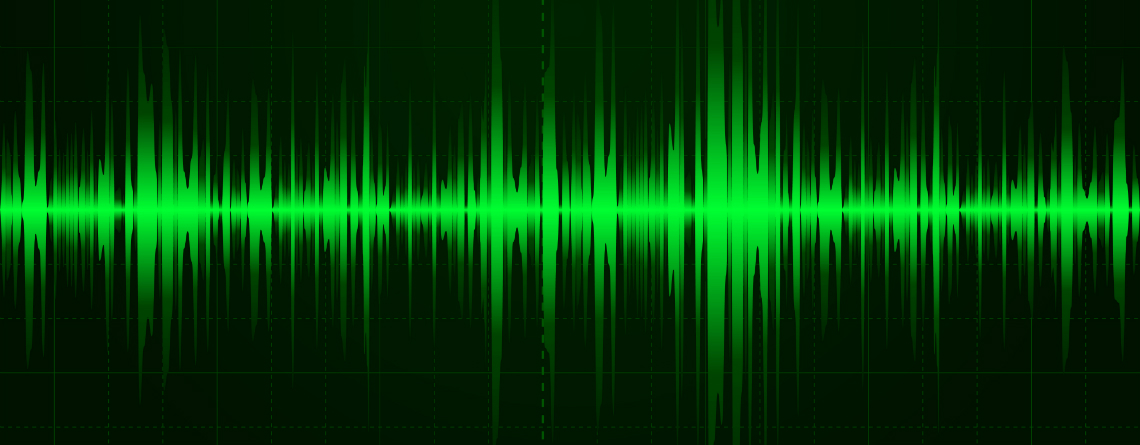The average person walks over 8,000 steps a day.
All it takes is one slip and fall and your life could be changed in an instant. Historically, slip and fall injuries account for over 25 percent of all workers’ compensation injury claims and often result in injuries to multiple body parts. So, what can we do as employers to protect our employees, students, and visitors from slips and falls?
One of the best places to start is with a proper floor mat program. The Standard Guide for Commercial Entrance Matting in Reducing Slips, Trips and Falls was developed by the National Floor Safety Institute (NFSI) and ANSI (American National Standards Institute) called ANSI/NFSI B101.6-2012. This standard is a great reference for preventing slips and falls using floor matting.
Indoor floor mats provide a slip-resistant walking surface and are the first defense in preventing slips and falls for individuals entering your building.
Here are some features that you should you look for in floor matting:
• A floor mat should have a slip resistant rubber backing that prevents the mat from moving across the floor. Look for a label on the back of the mat from the NFSI that certifies the mat has been tested by NFSI to assure a high level of slip resistance.
• Floor mats exceeding ¼” thickness should have the edges beveled to prevent possible tripping hazards. The slope of the bevel should not be greater than 1:2 and the color should contrast with the floor for easy visibility.
• Floor matting should have the ability to remove soil and moisture content from your shoes. You can gauge the effectiveness of you matting by inspecting the floor following the matting. If soil and moisture has not been removed, then longer matting is needed and/or a different type of matting is needed to remove contaminants.
How long should floor matting be? A general industry standard is between 15 and 30 feet, but this depends on the amount of foot traffic where the matting is needed.
What type of matting should be used? There are two basic types of matting used. The first are “wiper mats”. Wiper mats usually have a carpet top with rubber or PVC backings. The second type of matting are “wiperscraper mats”. Wiper-scraper mats often have an elevated pattern or ridge/valley design, which augments the dirt falling to the lower level. This feature reduces dirt being tracked into a building.
Where should I put the matting? The obvious place for a floor mat is by main entrances and exits of your building as these are the high traffic areas. Matting in high traffic areas is also recommended on both sides of the entrance door, if possible. A popular scenario is wiper-scraper matting on the outside and wiper mats on the inside. A main entrance to a building would need more length of matting than a side entrance that is used infrequently. Mats are also needed in areas where floors can be wet, including drink dispensers, ice machines, sinks, and dishwashing areas.
Now that you have the proper floor mats in the proper locations, have you prevented all slip, trip, and fall exposures? Not quite. Floor mats are a viable source for preventing slip and fall exposures, but maintenance is critical. Floor mats need to be cleaned regularly to remove dirt and moisture from the mats in order for the mats to continue to be effective. Mats that are worn, damaged, or have curling edges increase potential tripping exposures and should be replaced immediately. It does not matter if you own the floor mats or rent them from a service. Floor mats need to be the proper type, in good condition, and properly maintained to help reduce slip and fall exposures at your district sites.
Remember that cheap does not always equal effective. Contact your local floor mat company to discuss the size and number of mats you need to protect your employees, students, and visitors. Then decide if it is more economical to own or rent the rugs.
For more information, contact your PSWCT Risk Consultants.



